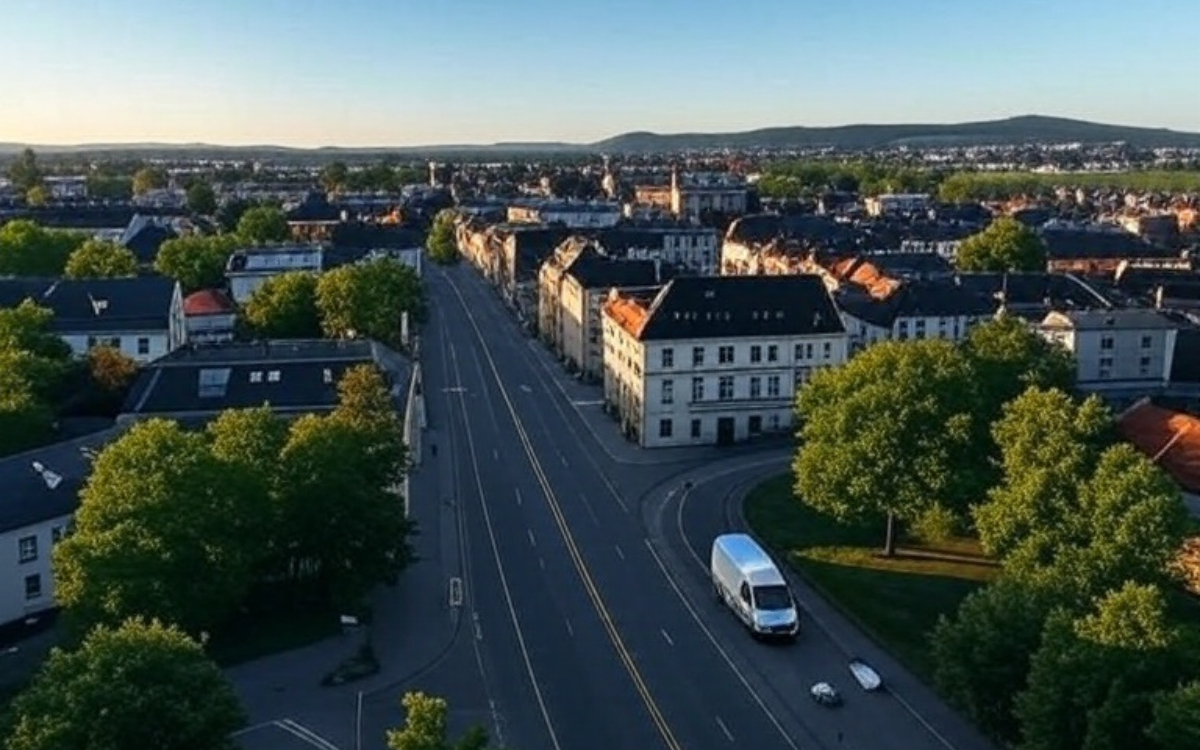


Leveraging data from on-demand transit

At Shotl, we’re experts at helping our customers leverage data collected from DRT services so they can provide better services for citizens. Over the next few months, we’ll be taking a look at the different types of data that can be collected from DRT, and how to successfully put them to use when designing transit services.
This month, we’re looking at demand data.
With many fixed-route-and-schedule public transport systems around the world, users typically only swipe their ticket or travel pass when boarding. This allows transport planners to know exactly where and when users access the service, but not where and when they get off, or how long their trip lasted. So, trip data is incomplete. This is also an issue with private vehicles: Data from traffic monitoring only shows which streets are particularly congested, not where each driver starts and ends their journey.
By contrast, users of flexible DRT services must book and pay for their ride via app and specify a pick-up and drop-off point. This, in addition to travel time, provides a much more comprehensive picture of their activities, needs, and travel habits.
DRT also provides more accurate data on exactly when people want to use services. For example, if a fixed-schedule service only runs once per hour or a few times per day, there’s no way to know whether people want to travel at those times or are just adapting to the timetable. With on-demand, however, you get a pinpoint accurate picture of peak times, troughs, and fluctuations in demand throughout the day.
So now you’ve collected all this data, what can you do with it? Well, when you know exactly when and where people want to travel, you can plan public transport services that more closely answer their needs. This could mean implementing new DRT services or if demand is high enough, another fixed-line. And this is the beauty of DRT: it allows transport operators to “test the waters” in a given area before investing in fixed lines.
Of course, DRT data does have a few limitations. First, the need for users to register before using the service and use the app can be a barrier for some user demographics, like the elderly. Therefore, DRT users’ movements may not be representative of the community as a whole. Second, DRT data only inform on people’s needs and movements within the specific area of operations. So, not those of the wider community or geographical area.
Popular posts
25.09.25
The Economics of DRT: Cost Models for Public Agencies
When introducing Demand-Responsive Transport (DRT), one of the first questions public agencies ask is: how much will it cost? And more importantly: is it worth it?
Albert Tresserras
26.06.25
Beyond Towns: Unconventional Use Cases for DRT
Albert Tresserras
30.01.24
How DRT Services Use Boundaries to Improve Efficiency
The concept of DRT has gained significant traction, however, the effectiveness of such services relies heavily on the establishment of well-defined geographic boundaries


